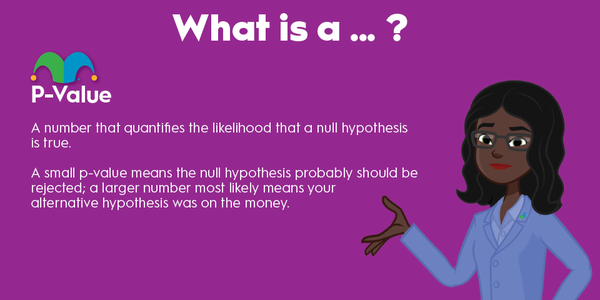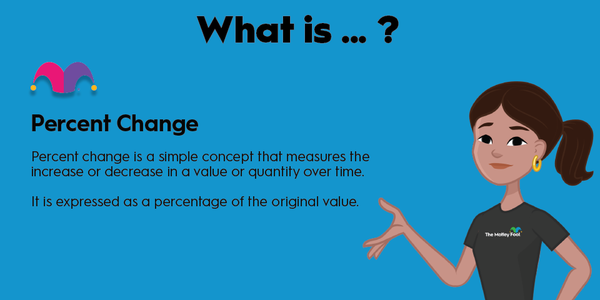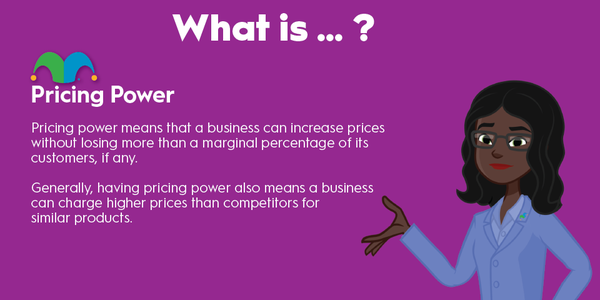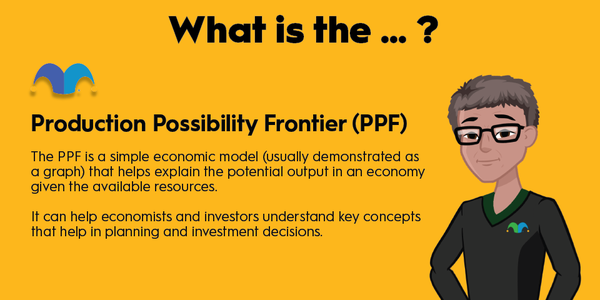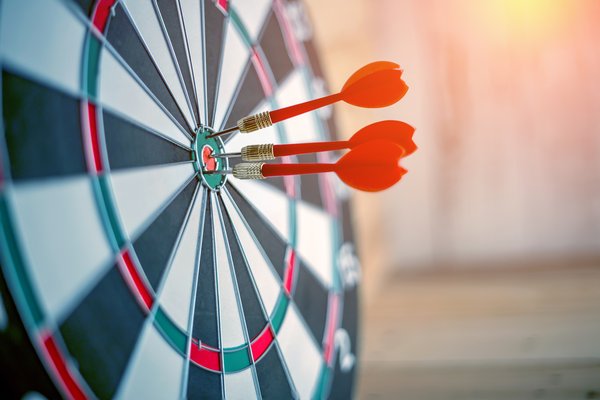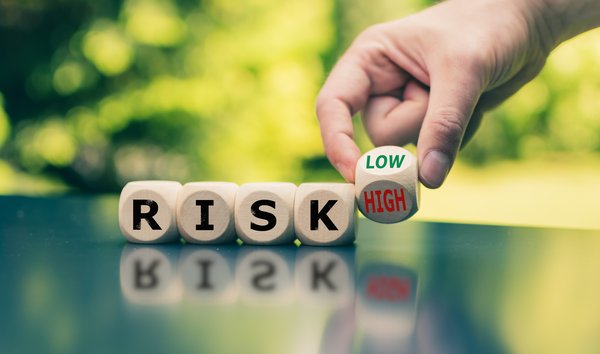Plant assets are key to a company's production process and are often considered among the most valuable items on the balance sheet. Here, we'll discuss what plant assets are, why they matter, and how they fit into a company's financial circumstances.
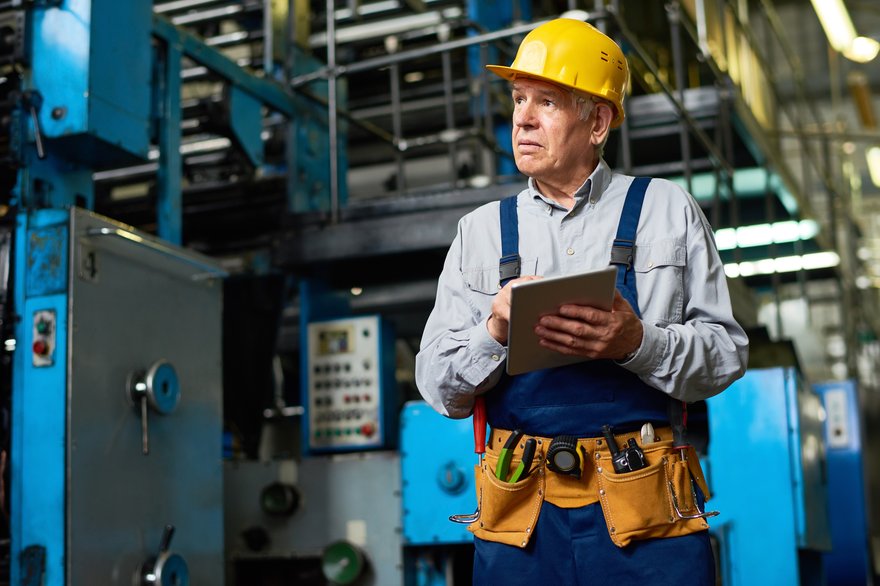
What are plant assets?
What are plant assets?
Plant assets are long-term, fixed assets used in the production process. These are long-term assets used for more than one year and provide goods or services for at least that amount of time. Common plant assets include:
- Heavy machinery and related equipment
- Land and land maintenance
- Building improvements
- Construction and/or site renovations
- Office furniture and fixtures
- Heavy trucks and other vehicles
Generally, plant assets are among the most valuable company assets and tend to be relied on greatly over the long term. As such, these assets provide an economic benefit for a significant period of time.
From an accounting perspective, plant assets are typically held on the balance sheet at historical cost (what the company paid for them) less depreciation (ongoing wear-and-tear expense) over time. This can help provide accurate financial information if the market for plant assets is unusually volatile.
Why do plant assets matter?
Why do plant assets matter?
Plant assets are usually expensive, long-term investments made to underpin a company's production process. Needless to say, they're an enormously important part of producing goods and/or services in an economically efficient manner. Businesses must be especially careful in making these investments since buildings and land are immovable and can't be easily substituted.
Depending on the industry, plant assets may make up either a very substantial percentage of total assets, or they may make up only a small part. Industries like heavy shipping or oil extraction stand to employ a greater percentage of plant assets than industries like software, in which teams may be remote and sometimes globally distributed.
Depreciation also plays a big factor in plant asset values. Depreciation is the process by which a plant asset experiences wear and tear over a particular period of time. Depreciation expense -- calculated in several different ways -- is then carried through to the income statement and reduces net income. Over time, plant asset values are also reduced by depreciation on the balance sheet.
Like any category of assets, it's critical to evaluate plant assets on a company-by-company basis. From there, companies within an industry can often be easily compared.
Current assets versus plant assets
Current assets versus plant assets: What's the difference?
While they're most definitely both considered part of the asset category, current assets and plant assets don't share all that much in common.
Current assets are expected to be used within a year or short-term time frame. Current assets typically include cash, inventory, accounts receivable, and other short-term liquid assets. In contrast, plant assets represent long-term property expected to be around for at least a year, often quite a bit longer than that.
In most cases, you'll find that expensive, valuable assets tend to fall into the plant asset category, while shorter-term assets meant to be used in the normal course of business fall into the current asset category.
Related investing topics
Plant assets: the bottom line
Regardless of the company you're analyzing, plant assets tend to be those held for long-term use and depreciated over their useful lives. As time goes on, plant assets wear down and must be replaced, although most companies try to extend useful life for as long as possible.
In the end, be careful to distinguish between asset types both on the balance sheet and in practice.





